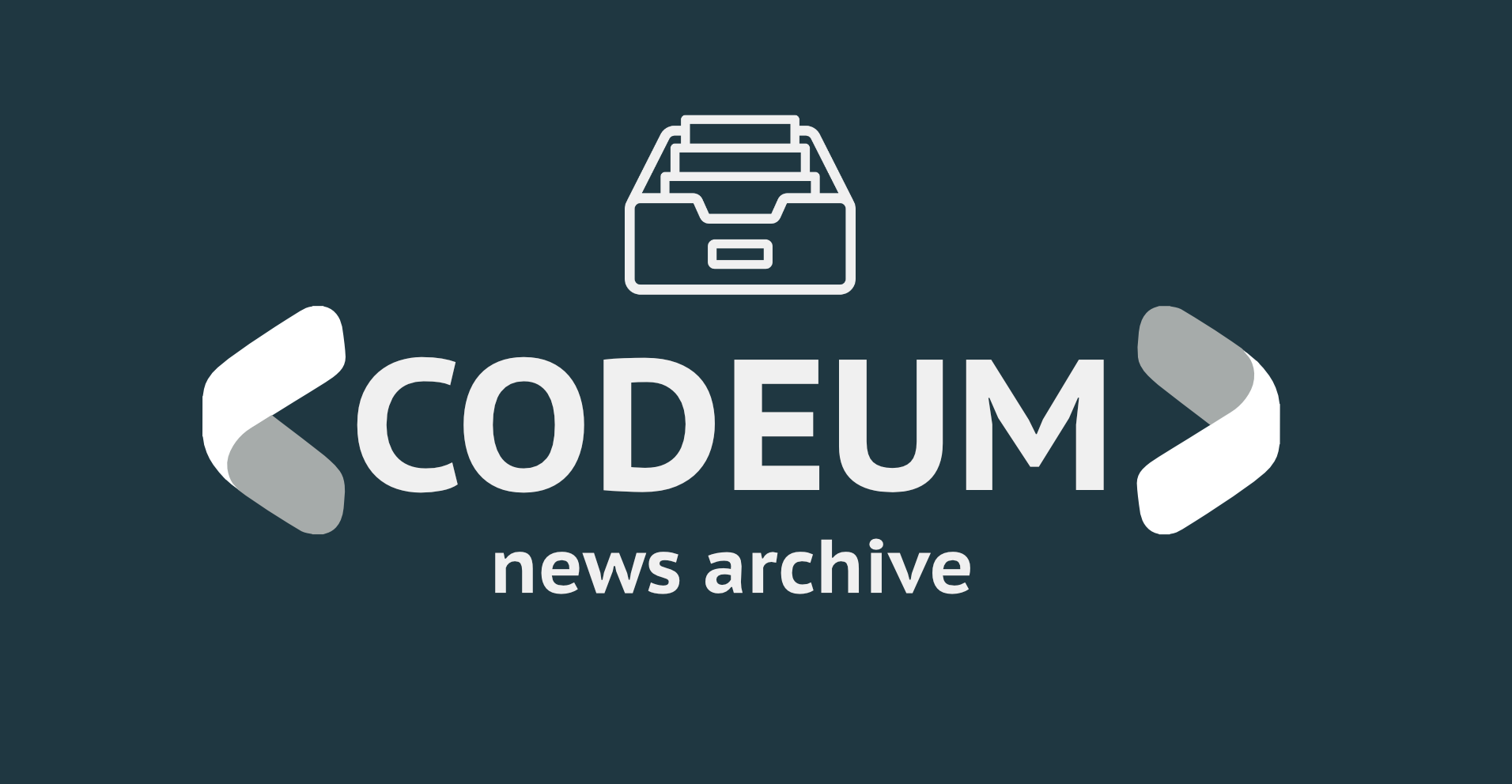
What is Web 3.0: The Internet of the Future
Over the past few years, the internet has changed dramatically. We’ve gone from Web 1.0 to 2.0, and now we’re on the cusp of 3.0. This is an era where the internet has truly transformed into something new and amazing. So what is web 3.0? What does it mean for the future of the internet? Read on to find out!
What Is Web 3.0?
Also known as the decentralized internet, Web 3.0 is the third generation of the internet. It’s a new age where people can enjoy more freedom and privacy than ever before. This new internet has been made possible by blockchain technology and is the future of the World Wide Web.

This new generation of the internet is powered by a few principles, which include:
- Decentralization: Unlike the old internet, Web 3.0 is decentralized. This means that users no longer need to rely on a single third party for information or services. Instead, they can use smart contracts and peer-to-peer networks to perform tasks directly with each other.
- Interoperability: The next generation web will be more interconnected than ever before thanks in part due to its interoperable nature. Interoperability means that different systems can communicate and share data with each other seamlessly across platforms – even if those platforms are built on different technologies.
- Security: Thanks to Blockchain technology, Web 3.0 is more secure than ever before. Data is stored in a distributed ledger which makes it very difficult for hackers to gain access. This also means that users can trust that their data will not be stolen or compromised in any way.
Differences between Web 1.0, Web 2.0, and Web 3.0
To understand Web 3.0, we need to first take a look at the differences between it and previous generations of the internet.

Web 1.0
Web 1.0 was the first version of the internet and was released in the 1990s. This version is commonly referred to as “read-only” internet because it was mainly used to view static pages. It allowed users to search for information online, but they could not interact with websites or publish content themselves.
Web 1.0 was a big step forward in terms of technology, but it didn’t really change the way we use the internet. It was mainly used by businesses and schools to share information and by people who wanted to read the news.
Web 2.0
Web 2.0 was released in the early 2000s and is commonly referred to as the “read-write” internet. This is because it allowed users to not only view websites but also create and publish their own content. This version of the internet was a big step forward because it gave people the ability to express themselves online and connect with each other on a global scale.
One of the most notable features of the Web was its use of social media platforms like Facebook and Twitter. These platforms allowed people to share information with each other more easily than ever before.
Even though Web 2.0 was an improvement over Web 1.0, it had some major drawbacks. For example, it was often difficult to find the information you were looking for because of the sheer volume of content online. In addition, websites were often designed for looks rather than function, which made them difficult to use. Security was another issue with this version of the internet because there were no regulations in place to protect people’s privacy online.
Web 3.0
This semantic executing web is, without a doubt, the future of the internet. It’s a new age where people can enjoy more freedom and privacy than ever before. This new internet has been made possible by Blockchain technology. Commonly referred to as “read-write-execute” internet, Web 3.0 allows users to not only view, create and publish content, but also execute smart contracts directly with each other.
One of the most notable features of this new internet is that it’s decentralized. This means there are no servers or data centers involved in running websites. Instead, everything runs on top of a distributed ledger called Blockchain Technology. It makes for a much more secure system because there isn’t one central point where hackers could get access to sensitive information like credit card numbers or passwords.
The main difference between Web 1.0, Web 2.0 and Web 3.0 is the level of interactivity between users. With Web 1.0, users were limited to viewing static pages. With Web 2.0, users could create and publish their own content. With web 3.0, users can interact with each other directly by executing smart contracts. This makes it a much more democratic internet where people have more control over their data and how it’s used.

How Does Web 3.0 Work?
Now that you know what is Web 3.0, you might be wondering how it works. In a nutshell, Web 3.0 is made possible by Blockchain technology. This is a distributed ledger that allows users to store data securely and transparently. It’s this technology that makes it possible for users to interact with each other directly without the need for third-party intermediaries.

Another key component of Web 3.0 is the use of decentralized applications or dApps. These are applications that run on top of a Blockchain network instead of a centralized server. This makes them much more secure because there is no single point of failure. In addition, they can’t be shut down by governments or corporations because they’re not owned by anyone.
The final piece of the puzzle is something called webAssembly (WASM). WASM is a programming language that makes it possible to run code from different languages on top of the same platform. This means developers can write applications in their favorite language without having to worry about compatibility issues.
Source link